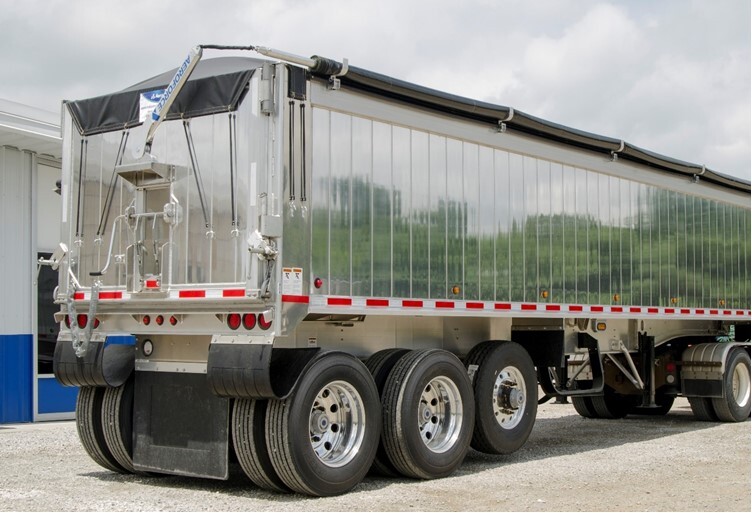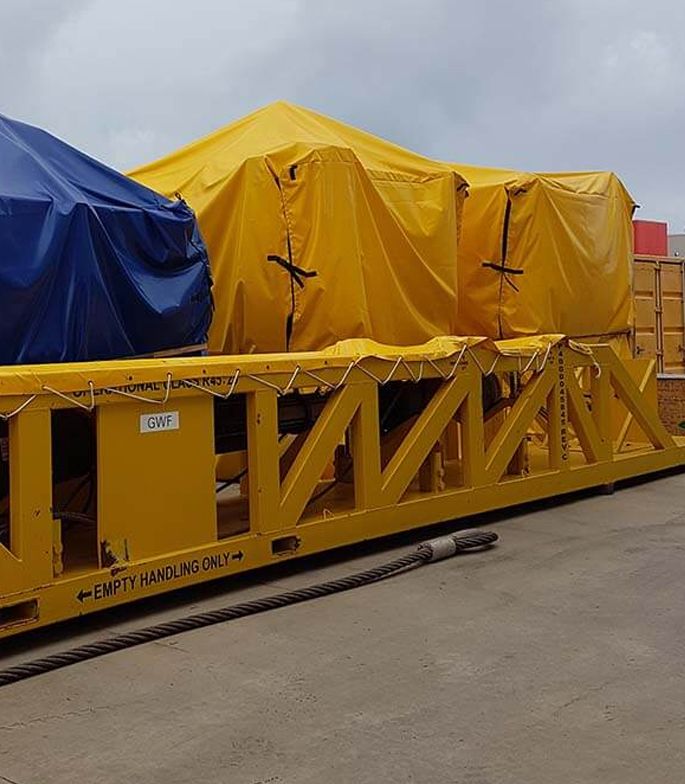Electric Vs Manual Tarping System – Which One Should You Get?
When it comes to choosing the right tarping system for your business, there are a few things you need to consider:
Do you need an electric or manual system?
What kind of materials will you be tarping?
In this blog post, we’ll give you a brief overview of the pros and cons of each type of system, so you can make the best decision for your business.

What Is Electric Tarping?
An electric tarping system is a device that helps to quickly and easily cover and uncover truck beds. This type of system can be powered by either electricity or hydraulics. It typically consists of a series of pulleys, cables, and motors that work together to tighten or loosen the tarp as needed.
Most electric tarps are controlled wirelessly.
What Is Manual Tarping?
Manual tarps function similarly to electric tarps, except the system is more straightforward. This system consists of a frame, cloth or vinyl cover, and clamps or straps to hold the cover in place.
Because they need to be manually operated, the process involves physical labour. The drivers need to lift and layout the tarps on the truck bed and fasten the straps to secure the cargo.
Electric Vs Manual Tarping
Cost
If the purchase price is a major consideration for you and your business, then a manually operated truck tarp could be your best bet.
Because it is less complex, manual tarping systems are about 20 to 40% less expensive than their electric counterparts.
Electric tarps can go as high as several thousand dollars, depending on the type of machinery used.
The cost of a tarping system depends on several factors, such as size and material, and the price is only a fraction of the equation. Tarps can be expensive and require maintenance over time.
Convenience
Electric tarping system significantly reduces the amount of time needed to put the tarp on and off. This means that it also makes cargo loading and unloading more efficient.
This is particularly helpful if the driver needs to adjust the tarp while on the road in case of unexpected rain storms or other weather disturbances. With manual systems, the driver has to pull over to manually adjust the tarp. To do this, they may need to climb on top of the cargo while bracing extreme conditions.
Additionally, some job sites do not allow drivers to get off the vehicle for their safety.
In these cases, an electric tarping system is a more convenient choice, as the driver can adjust or roll the tarp open while inside the vehicle.
Safety
Manual tarping requires an intense level of physical labour, and therefore can result in overuse of the back and shoulder muscles.
Standard truck tarps weigh around 40 kgs, and each truck might need two to three full-sized tarps for full coverage. This means that the driver must maneuver up to 120 kgs of tarp on top of the truck. The repetitive pulling and handling of heavy tarping equipment may cause shoulder and back injuries.
Working with a standard manual tarp also involves climbing the trailer truck or on top of the cargo, which poses the risk of falling.
There are certain mechanical reinforcements to attach and detach manual tarping systems easily and reduce the physical effort required from the driver, such as using forklifts or sliders. However, manual tarps still require securing the straps and clamps by hand.
On the other hand, electric systems are operated remotely while the driver is inside the vehicle, making it generally safer without physical exertion required.
Versatility
Most businesses use manual tarping systems because they’re cheaper and more versatile. You can use standard tarps in almost all types of cargo, be it sand, gravel, or other aggregate materials.
With electric tarp systems, the driver has very little control of how the tarp will move along the cargo. With sand or other finer-textured cargo, this shouldn’t be an issue. However, with loads like lumber, steel, or other sharp materials, automatic tarps are more prone to getting pierced or broken.
When drivers are fully in control of moving the tarp on and off the truck bed, damages to the material are less likely to happen.
Heavy-Duty Tarps From Westarp
Automatic tarping systems have grown popular over the past years because they are more convenient and safer as the operator can control a large number of tarps from a single location without being exposed to dangerous conditions.
However, this type of system typically costs more than manual tarping. Manual tarping systems are less expensive and more versatile for jobs that require frequent changing or where hazards exist outside the work area.
If you need help deciding which kind of tarping system will work best for your needs- contact Westarp today! We carry all kinds of tarps and we’re happy to answer any questions about what might suit your project best.




William Snellex (Base Fabrication)